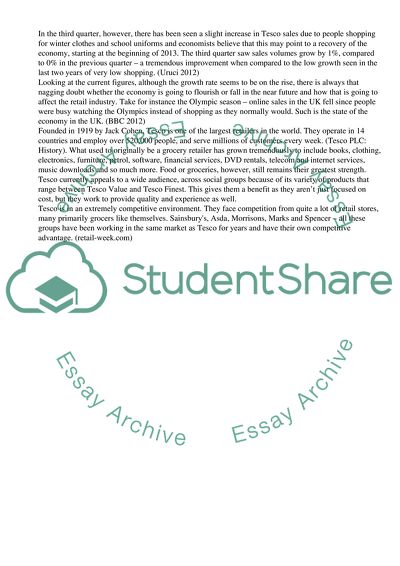Cite this document
(“Strategy at Tesco Assignment Example | Topics and Well Written Essays - 2000 words”, n.d.)
Strategy at Tesco Assignment Example | Topics and Well Written Essays - 2000 words. Retrieved from https://studentshare.org/business/1609402-strategy-at-tesco
Strategy at Tesco Assignment Example | Topics and Well Written Essays - 2000 words. Retrieved from https://studentshare.org/business/1609402-strategy-at-tesco
(Strategy at Tesco Assignment Example | Topics and Well Written Essays - 2000 Words)
Strategy at Tesco Assignment Example | Topics and Well Written Essays - 2000 Words. https://studentshare.org/business/1609402-strategy-at-tesco.
Strategy at Tesco Assignment Example | Topics and Well Written Essays - 2000 Words. https://studentshare.org/business/1609402-strategy-at-tesco.
“Strategy at Tesco Assignment Example | Topics and Well Written Essays - 2000 Words”, n.d. https://studentshare.org/business/1609402-strategy-at-tesco.


